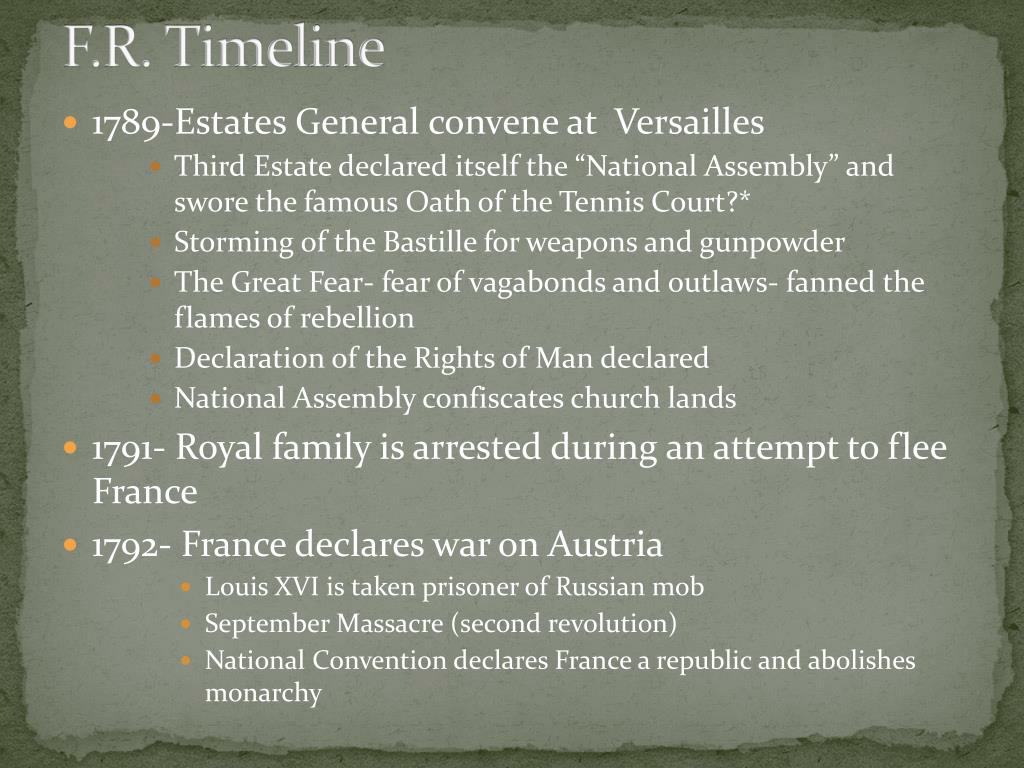
A fortuitous side benefit of their participation was the forging of an important bond between Margaret Macdonald Mackintosh, Charles Rennie Mackintosh, James Herbert and Frances MacNair and two of the Secession founders, Hoffmann and Moser. A room completely built, designed and furnished by the “Glasgow Four” was a highlight of the exhibition. Late in 1900, an exhibition was held that featured works by the Viennese Secession alongside a large collection of decorative arts, paintings, and sculpture from other European countries. They were all imbued with beauty regardless of their function. Fashion, jewelry, and accessories, furniture and décor were all included in the “fine arts” alongside more recognized artistic endeavors such as painting and sculpture. Paintings, furniture, jewelry and household items were not pigeonholed but shown together as a total artistic look ( Gesamtkunstwerk) encompassing the home and the homeowner. Exhibitions were held by the Secession in order to showcase their artistic concepts in which their beliefs were demonstrated by inter-mingling their displays. This evolution continued through the Vienna Secession, founded in 1897, which advocated the philosophy that the fine and decorative arts were to be valued equally.

Initially mimicking the flowing lines of French Art Nouveau, they were soon putting their distinctive stamp on the design revolution by adding geometric shapes and forms that were more abstract, a preview of the upcoming Art Deco period.

In Germany, where Art Nouveau was known as Jugendstil, they added another dimension to this effusion of change.

The Art Nouveau movement, embraced by much of Europe, was taking design in a totally new direction, throwing out the conventional and embracing the idea that design and creativity, not intrinsic value, should inspire design. In Great Britain, the Arts & Crafts movement laid the groundwork for a collaborative guild-style creation. The Wiener Werkstätte had its roots in a combination of key events in the lives of its founders, Josef Hoffmann and Koloman Moser, and the storm of change that was sweeping through the field of decorative arts during the fin-de-siècle.


 0 kommentar(er)
0 kommentar(er)
